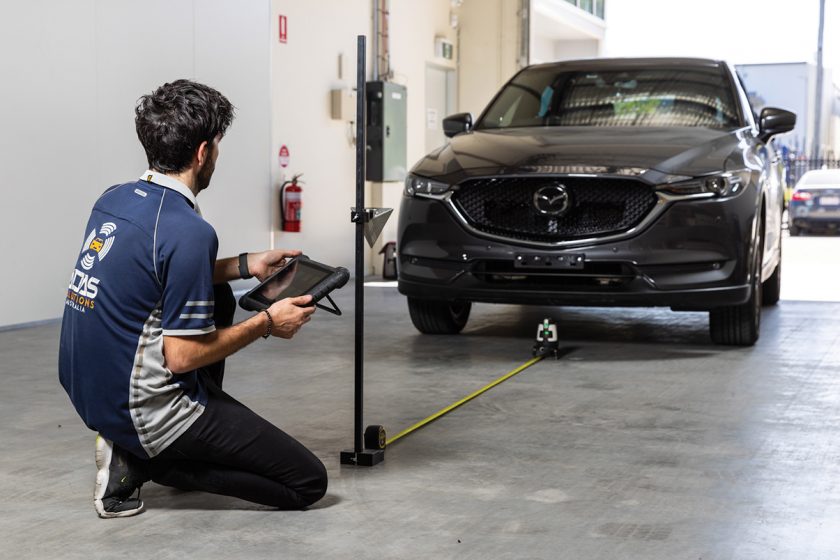
Let’s Drive The ADAS Calibration Conversation Forward
The noise around Advanced Driver Assistance Systems (ADAS) calibration is getting louder, and it is time we address it together.
In workshops across Australia, we are caught in a struggle between conflicting opinions.
On one side, there are those who insist that even the smallest job on a vehicle requires ADAS calibration. On the other, some dismiss the need for calibration altogether.
Both extremes miss the mark, leaving many in the independent automotive service and repair industry grappling with misinformation. This confusion creates frustration for repairers and uncertainty for vehicle owners.
We need to bridge the knowledge gap to ensure workshops are making informed decisions about when to invest in equipment and when to use that technology to calibrate ADAS-equipped vehicles.
That is why it is a significant step forward that the Automotive Repairers Council of Australia (ARCA) has formed a Technical Working Group dedicated to crafting a voluntary industry framework for ADAS diagnosis and calibration.
Here’s the bottom line: these safety systems will save lives and by 2030, over 40 percent of our car parc will be comprised of vehicles equipped with Autonomous Emergency Braking.
Ensuring the ADAS features are working as intended is a critical service that we now provide to our customers.
As more vehicles come equipped with ADAS, understanding these systems has never been more important, and our industry is more than capable of rising to that challenge.
However, as we flagged at the start of this article, we are often bombarded with conflicting advice. Some say calibration is mandatory for every small repair, while others argue that these advanced systems can self-calibrate or rarely need attention.
But like many things in our field, the truth lies somewhere in between. Not every job will require a recalibration, and yet these systems aren’t magic – if something is out of alignment, they aren’t going to correct themselves. So, where’s the balance?
The answer isn’t in blanket recommendations but in applying technical knowledge, experience, and clear protocols.
That’s where ARCA’s Technical Working Group comes into play. This TWG has been tasked with drafting a comprehensive Industry Code for service, repair, and maintenance procedures that will impact or affect the ADAS.
The experts within this group, professionals who have generously volunteered their time, represent the very best of our industry.
Their work will give workshops and technicians the practical guidance they need, based on real-world scenarios and solid engineering principles.
These individuals are the unsung heroes navigating a rapidly evolving landscape. They know that the right approach isn’t about overreacting or doing nothing; it is about addressing the complexities of modern vehicle systems with thoughtful, informed strategies.
A voluntary framework will provide clarity amid the confusion we often face. This isn’t just “safety theatre” – it is about genuine safety.
We all recognise the risks of getting it wrong. If an ADAS system is misaligned and not calibrated correctly, it could present serious issues for drivers and create liability concerns for repairers.
At the same time, we must consider the costs of unnecessary calibrations – both in terms of time and money for the workshop and the customer.
Finding the right balance is essential, and that is exactly what this framework aims to achieve.
The independent auto service and repair industry is filled with skilled, knowledgeable professionals. We understand our craft, and part of that is knowing when we need to seek more information.
With this new framework, we are reclaiming the ADAS conversation and putting it back in the hands of those who truly understand it.
It is time for the independent repair sector to rise above the noise and take ownership of the ADAS calibration process.
Let’s step up with our expertise and engage in a conversation grounded in facts and technical wisdom.
Our efforts are focused on helping the industry confidently navigate the ADAS landscape, ensuring we maintain our customers’ trust and uphold the integrity of our work.
In closing, I want to send a big shoutout to the TWG members for leading this initiative. With their guidance, the road ahead is looking clearer, and together, we can drive the industry forward.
